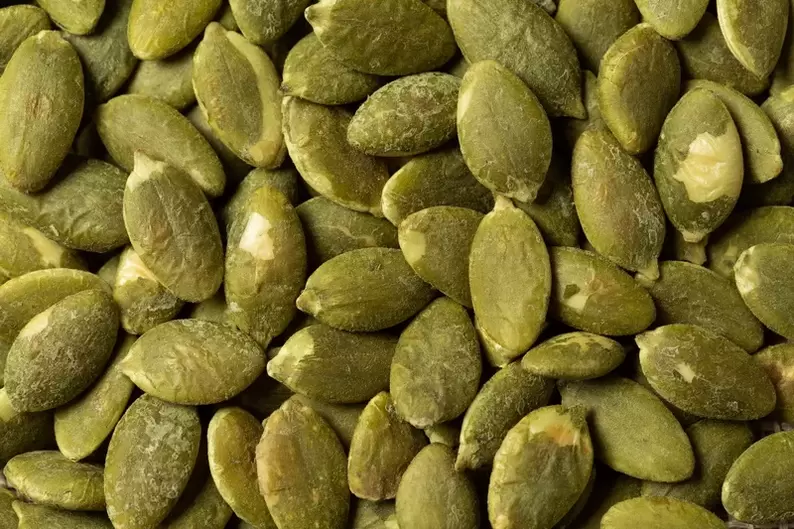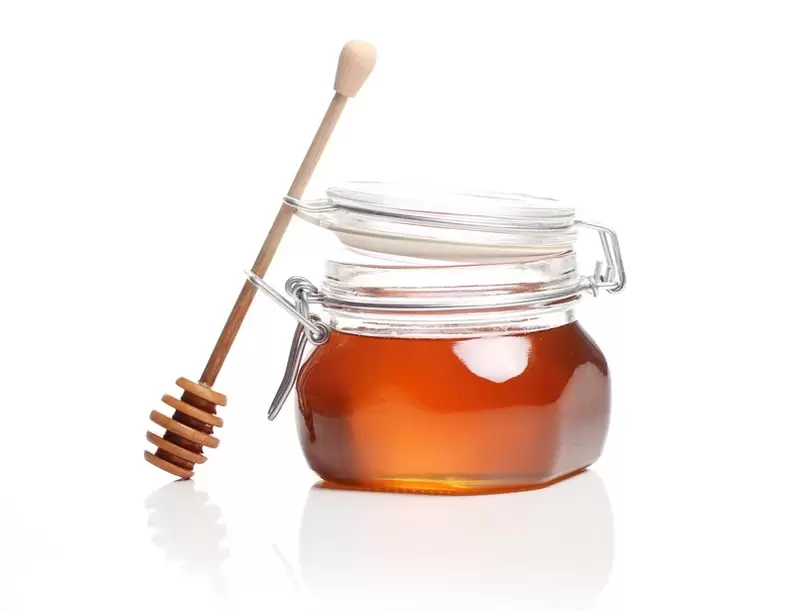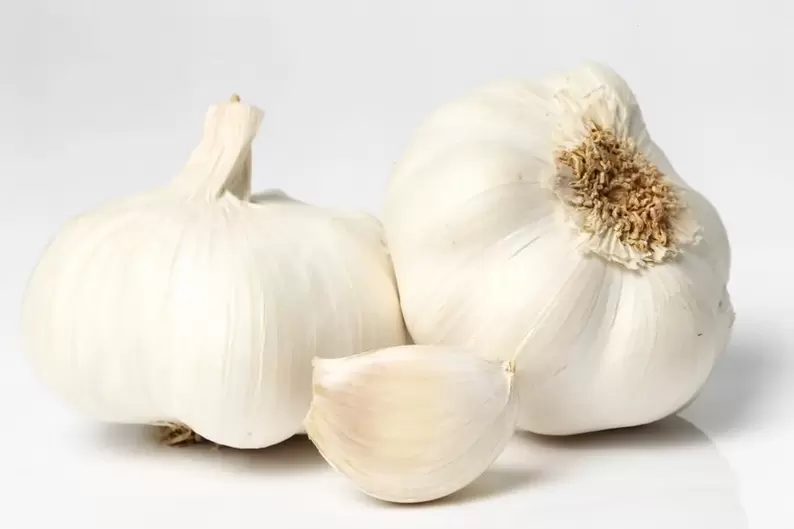
If this has affected you, consult your doctor and read this article.
Worms are called parasitic worms that live on other animals and plants, feed on and reproduce within living organisms. According to statistics, every third inhabitant of the planet has these parasites. Scientists argue that there is no such adult person who has not had worms in his entire life. Consider how to get rid of worms, what types exist, how to detect and prevent them. Note that worms (ascariasis, enterobiasis) are a common problem, especially in childhood, and you shouldn't panic.
Types of worms in humans
Helminths - the scientific name for worms - have their own subspecies. The most common helminths are pinworms, roundworms. Let's take a look at them.
pinworms
Pinworms are called helminths that affect the human intestine. They are the most famous and widespread species. Reproduction of these helminths leads to the development of the disease - enterobiasis. Preschoolers and schoolchildren are more susceptible to pinworm infection.
General signs of the presence of helminths in the body:
- itching sensation in the anus;
- crampy abdominal pain, usually mild;
- decreased appetite;
- violation of feces;
- insomnia and weakness;
- allergic reactions that do not go away after the use of antiallergic drugs;
- unreasonable cough.
Method of infection: contact and home path. Infection occurs when eggs are ingested with food. Self-infection is extremely important: when combing an itchy anus, pinworm eggs fall under the nails and are then swallowed. Adults can also become infected with children later on.
ascariasis
Ascariasis is a family of large parasitic nematodes. The worm lives from 10 to 24 months, after which, partially decomposed, it comes out with feces. The organs of the gastrointestinal tract are most often affected, causing ascariasis. The preferred habitat for adults is the small intestine.
giardiasis
Giardiasis - A disease caused by lamblia, a parasite of the small intestine of humans and some animals. Giardia exists in two forms: mobile (vegetative) and immobile (cystic form). The mobile form of lamblia has 4 pairs of flagella and a suction disc, with which it attaches to the mucous membrane of the small intestine. It lives in the human body in the duodenum (small intestine).
Causes of worms in humans
The main factors of helminthiasis infection are:
- Failure to comply with basic hygiene rules, especially hand washing.
- Bad habits. These include nail biting, finger licking, holding various objects (pens, pencils) in the mouth.
- Insufficient care of pets, especially poultry, because they can be carriers of infections. After the road, dogs and cats need to clean their paws, bathe in time, take them for examination and choose the right food.
- Drink raw, unfiltered water from an unreliable source.
- Unprocessed vegetables, fruit and vegetables before meals;
- Poorly processed meat and fish products.
- Close contact with an infected person.
- Sandbox - it is in them that worms live. Sandboxes on playgrounds must be kept away from cats and dogs.
Why are worms dangerous?
Thanks to modern medicine, it is possible to detect a disease in time, get rid of it, so serious consequences are quite rare phenomena. Worms can cause the following phenomena:
- intestinal blockage;
- allergic rash;
- predisposition to poisoning;
- the development of anemia;
- deterioration of health;
- weight loss;
- lowering the percentage of hydrochloric acid in gastric juice.
Helminth invasion can provoke weight loss, a pale shade, itching in the anal passage. Complications depend on the type of parasite and the degree of infection. The appearance of helminths in children and during pregnancy is especially dangerous.
How to know if there are worms
It is important to detect helminthic invasion as early as possible, which significantly increases the effectiveness of treatment and prevents the development of complications.
Basic diagnostic methods:
- stool analysis for intestinal parasites (ascariasis);
- analysis of scraped for pinworm eggs (enterobiasis);
- a blood test for the determination of specific antibodies to worms (immunoglobulin detection - ELISA) - intestinal and tissue parasites. The most revealing study.
Reanalysis should be performed no earlier than 14 days after anthelmintic treatment. Typically, the patient is prescribed a combination of several tests to identify the parasite. The criterion for recovery is considered to be a negative ELISA result and several negative results of the study of the biological environment in which the worms were detected.
be careful! Requirements for the preparation of the biomaterial (feces for intestinal parasites):
- Prepare a sterile container. Now they have created specialized containers equipped with a convenient spoon. You can buy it at any pharmacy;
- Don't use a laxative;
- Stools are collected in the morning before being tested;
- It is impossible to allow urine to enter the stool, so it is imperative to urinate before the process.
- It is necessary to collect the material from various parts of the last portion.
- Put about a tablespoon of feces (10-15 g) in a prepared container.
- Deliver the container to the laboratory as soon as possible - the so-called "hot feces".
Scrape for enterobiasisperformed in the morning, in the child's bed, before the morning emptying and hygiene procedures. A thin transparent tape is used, which is applied with the adhesive side on the perianal folds and then, with the same side of the biomaterial, it is glued to a clean and dry slide. Do not use dull or colored adhesive dots.
Methods for treating worms
An infectious disease specialist or parasitologist is involved in the treatment of parasitic infestations. But you should not immediately go to a doctor with a narrow specialization - it is better to contact a pediatrician or therapist. He will appoint a series of studies and, if necessary, refer to a parasitologist or a gastroenterologist.
If worms are detected in a child, it is imperative to conduct anthelmintic therapy for all family members.
When worms are found, the doctor prescribes antiparasitic agents aimed at fighting a specific type of worms. Modern drugs effectively fight worms at every stage of the life cycle: adults, larvae and eggs. In most cases (for example, ascariasis), a single dose of pills is enough, but sometimes it is necessary to undergo a course of drugs - the treatment is developed by a specialist doctor.
It is unacceptable to violate the treatment tactics prescribed by the doctor - this can lead to the fact that the eggs of the worms remain in the body, which in the future will cause a new invasion.
What pills can be used
Modern medicines are presented in the form of tablets or suspensions for children.
The method of application for all drugs is different. It is important that you read the instructions carefully and follow them clearly. Another point is the contraindications. Contraindications are based on various liver diseases, pregnancy and breastfeeding. Ideally, talk to your doctor.
Drugs are selected by the attending physician based on the type of worms, the characteristics of the organism, the stage of infection, the age of the patient. Not always, to drive away worms, there are enough anthelmintic drugs. In some cases, complex treatment is prescribed.
After its vital activity, the worm causes damage to our body. Therefore, it is important not only to carry out anthelmintic therapy, but also to cleanse the body of toxins formed during the death of worms.
The killed helminth secretes decomposition products, which are among the most potent intestinal poisons. Allergic reactions may occur, the formation and outflow of bile are disturbed, suffer from peristalsis of the gastrointestinal tract, which manifests itself in the form of "lazy intestine" or, conversely, its excessive activity - diarrhea - "leaky intestine". The body's resistance to viruses and bacteria decreases, chronic latent infections are activated.
Along with antiparasitic agents, drugs that improve the condition of the gastrointestinal tract, vitamins to eliminate vitamin deficiency, antihistamines (in case of an allergic reaction), hepatoprotectors, choleretics and sorbents can be prescribed.
Currently, in the arsenal of pharmacies, you can buy phytocomplexes that combine all these effects.
Let's see what kind of medicinal plants will help us get rid of helminths.
Treatment with folk remedies
Pumpkin seeds and honey
Pumpkin seeds have long been known in folk medicine, their pharmacological properties have been confirmed experimentally and clinically. The seeds are used against various tapeworms (bovine, porcine and dwarf tapeworms, broad tapeworms) and pinworms.

The main pharmacologically active substance that determines the anthelmintic effect of pumpkin seeds is the amino compound cucurbitin (3-amino-3-carboxypyrrolidine), the content of which in the seeds reaches 0. 1-0. 3%, depending on the varietypumpkin.
- To combat worms, 300. 0 peeled seeds are taken in small portions on an empty stomach for 1 hour (you can grind in a mortar, again with a green shell and mix with 50-100. 0 honey).
- After 3 hours a laxative is given, after 0, 5 hours an enema is given.
- 3-4 year old children are given 75. 0 seeds;
- 5-7 years - 100. 0;
- 8-10 years - 150. 0;
- 10-15 years - 200. 0-250. 0.

Sowing garlic
Garlic, the beneficial properties of which are known all over the world, is more widespread in several countries. Garlic (Allium sativum L. ) contains phytoncides, the main of which are allicin, geraniol, rutin, quercetin. Garlic has a general strengthening effect, stimulates immunity, has anthelmintic, antimicrobial, antiviral and fungicidal activity, improves the motor and secretory activity of the gastrointestinal tract, suppresses fermentation and putrefaction in the intestine.

yarrow
The beneficial properties of yarrow are expressed in choleretic action, increased production of gastric juice, improved appetite. Due to its antispasmodic effect, yarrow herb is used to reduce pain caused by intestinal spasms.
Long Long Turmeric
Turmeric has been used in traditional Ayurvedic Indian medicine as a remedy for many ailments, including colds, stomach ulcers, liver diseases, and to heal skin wounds. Turmeric is rich in essential oils, the constituent components of which are borneol, known for its powerful antiseptic effect, as well as fellandrene, tsingiberen, curcumin and others. It also contains vitamins in high concentration (vitamin -% of the daily value): B6 - 90%; C - 28%; E - 20. 7%; B1 - 10%. A safe daily dose of turmeric is 1 tsp. Daily intake of turmeric improves digestion, stimulates the gallbladder (turmeric should not be used for cholelithiasis, as the spice leads to an increase in the outflow of bile) and lowers blood cholesterol levels.
common cumin
In modern medicine, cumin fruits are used to treat diseases of the gastrointestinal tract, intestinal atony, flatulence. The plant is used for spasms of the biliary tract. Cumin fruits are part of carminative, gastric, appetizing and other collections.
Recipes
- The infusion is prepared at the rate of 2-3 teaspoons of cumin seeds in a glass of boiling water.
- Insist for 45 minutes and take 2-3 tablespoons. spoons (children 1 tsp). 5-6 times a day before meals.
Prevention of helminthiasis
In order not to catch a parasite for yourself, it is imperative to follow the rules of hygiene: a modern change of linen, a regular shower and hand washing. It is even better to spray household items with an antiseptic.
It is important to eat the right food and handle it well. Be especially careful with fish and meat. During evisceration, fish should be carefully inspected for eggs and worms, and a separate board should be used for butchering raw fish and meat. In spring and summer, it is important to wash the vegetables and berries from the garden thoroughly.
Regular spring cleaning is also required. Drink only proven water and treat your pets with proper care and care. The main guardian - immunity - also needs help and care.
If there are pets in the house, all family members must carry out worm prophylaxis, be sure to include the most loved pet.







































